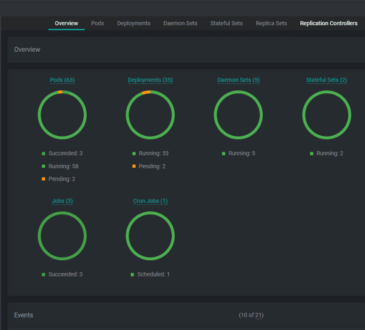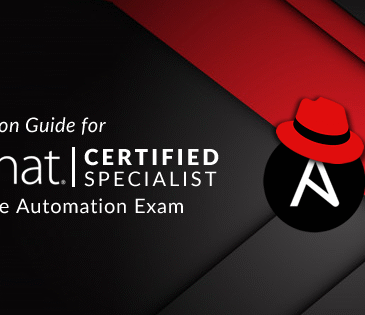
Kubernetes Backup & Recovery For Dummies®, Kasten by Veeam® Special Edition by Steve Kaelble is a guide designed to help users understand how to implement backup and recovery strategies for Kubernetes environments. Kubernetes, being an open-source container orchestration platform, has grown significantly in recent years, and managing its backups is crucial for ensuring business continuity, data integrity, and system reliability.
In this special edition, Kasten by Veeam®, a leader in backup and disaster recovery, offers solutions tailored specifically for Kubernetes clusters. Below are the core aspects of the guide:
Key Themes:
- Understanding Kubernetes: Before diving into backup strategies, the guide introduces Kubernetes concepts, including how it manages containerized applications, services, and deployments.
- Why Backup is Critical: Kubernetes environments can be complex, with multiple components running in containers. The guide emphasizes why having a backup and recovery strategy is essential, particularly when dealing with distributed applications.
- Challenges of Backup in Kubernetes:
- Stateful vs Stateless: Understanding the differences between stateful and stateless workloads is vital when deciding what data needs to be backed up.
- Dynamic and Ephemeral Nature of Containers: Containers are often transient, which presents unique challenges when managing backups.
- Multi-Cluster and Multi-Cloud Environments: Kubernetes workloads often span across multiple clusters and even cloud providers, complicating backup and recovery efforts.
- Kasten by Veeam Solutions: Kasten provides a robust backup and disaster recovery solution specifically designed for Kubernetes environments. The solution focuses on data protection, disaster recovery, and migration, enabling businesses to safeguard their containerized applications.
- Backup and Recovery Strategies: The guide delves into strategies for backing up and recovering Kubernetes applications, discussing:
- Application-Centric Backups: Rather than backing up just the infrastructure, backup solutions should focus on the applications and the data they rely on.
- Data Consistency: Ensuring that backups are taken at consistent points in time to avoid data corruption.
- Disaster Recovery Plans: Planning for worst-case scenarios and ensuring that systems can be rapidly restored.
- Best Practices for Kubernetes Backup and Recovery:
- Automation: The guide highlights the importance of automating backup processes and recovery tests.
- Monitoring and Alerts: Implementing proper monitoring and alerting systems to ensure backup jobs are successful.
- Encryption and Security: Ensuring that backup data is securely stored and that only authorized personnel can access recovery systems.
- The Future of Kubernetes Backup and Recovery: As Kubernetes and container technologies evolve, backup and recovery solutions will also need to keep pace with new features, architectures, and emerging threats.
Download Your Copy
File Size 2.08MB
- Design





